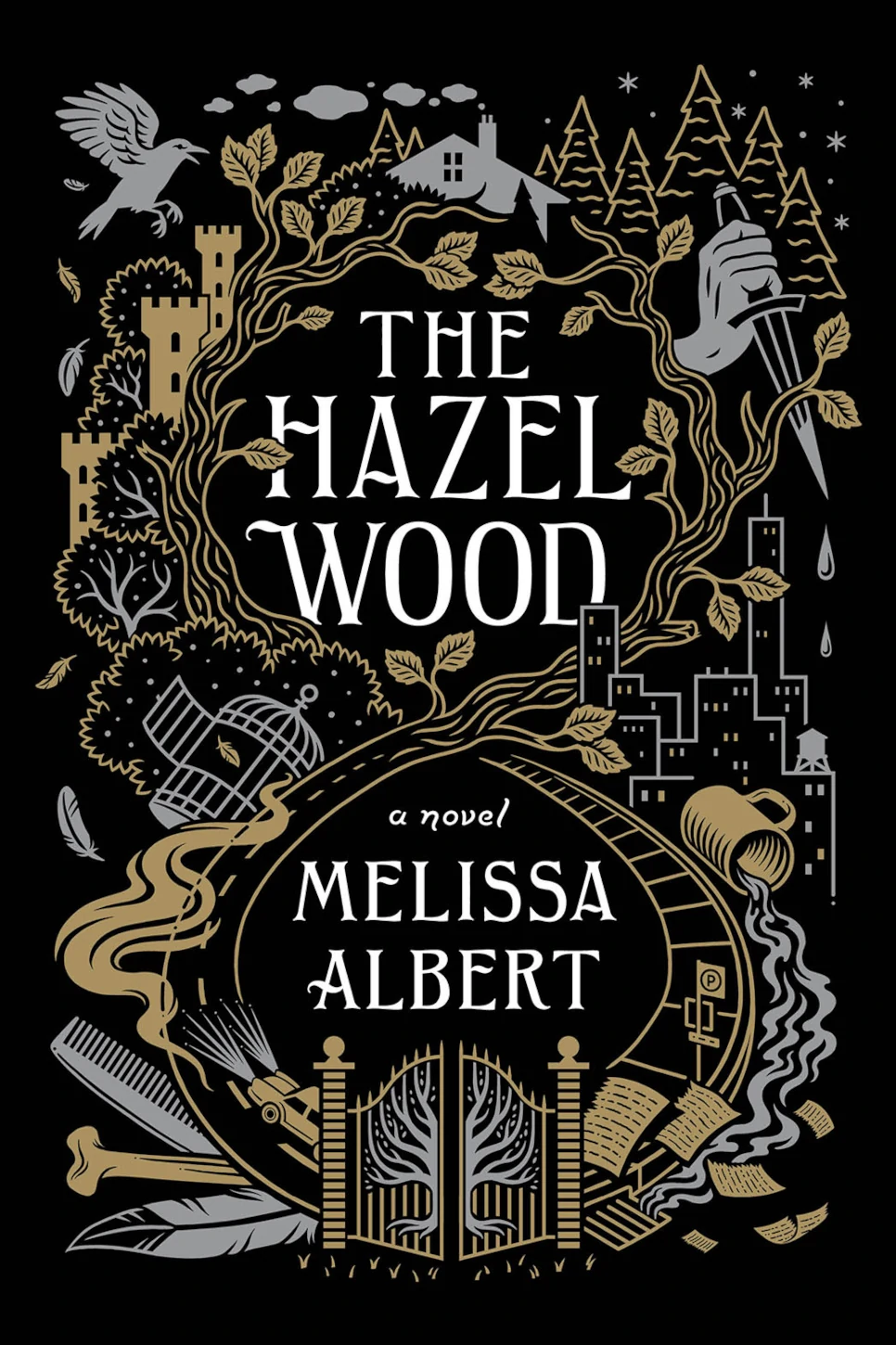
The Hazel Wood, by Melissa Albert
Words By Amanda Farbanish
For lovers of Grimm’s fairytales and of things that go bump in the night, Melissa Albert’s debut YA novel The Hazel Wood picks apart the classic fairytale narrative, distorting it and questioning what it means to be a character within these stories.
Alice has spent most of her life on the road with her mother, running from a slew of unfortunate circumstances that plague the mother-daughter duo like a piece of unusually malevolent gum stuck to the bottom of their shoes. Used to this continual transience, Alice remembers the places she’s been by the books she’s read there and the bad luck that occurred. The sudden death of Alice’s reclusive grandmother, author of a cult-favorite book of disturbingly dark fairytales called Tales of the Hinterland, causes Alice’s mother to decide to settle down.
If only it were that easy.
Not soon after, Alice’s mother is stolen by a mysterious figure that claims to hail from the Hinterland, the harsh fairytale world her grandmother’s stories are set in. With the help of a classmate and superfan of her grandmother—a fan who might have his own reasons for deciding to join her quest—she must travel to the Hazel Wood, her grandmother’s hidden estate, and maybe even to the Hinterland itself. In order to retrieve her mother, she must confront the legacy she has spent years rejecting, as well as confront some of the darker, tucked-away places within herself.
The buzz around Albert’s YA debut has been plentiful, and it is deserved. Albert’s language is visceral and tactile, as sharp as the main character and the nefarious fairytales that stalk her—and boy does Alice have razor-sharp edges. It’s established early on that she has a temper, and she struggles throughout the novel to contend with it. She’s not always a likeable character, but she is someone the reader whole-heartedly roots for, and that is a testament to Albert’s writing. Alice constantly battles herself as much as the gritty, perverse world she’s thrown into. Albert’s handle of the construction of these fairytales, and of narratives in general, is the book’s structural backbone. The tales Albert creates harken back to the darker Grimm fairytales and have an ageless quality that make them feel as if plucked from that era.
It’s important to note, though, that while the novel dwells in fairytale moral ambiguousness, not everything is always bleak. Moments of light and hope do shine through—whether it’s the bond between Alice and her mother, the people Alice meets, or Alice’s own tenacity. Alice’s struggle with her own story and how she fits in it, while not always sunshine and rainbows, is emboldening in its realness—even if it is steeped in the cruel, fantastical world of the Hinterland.